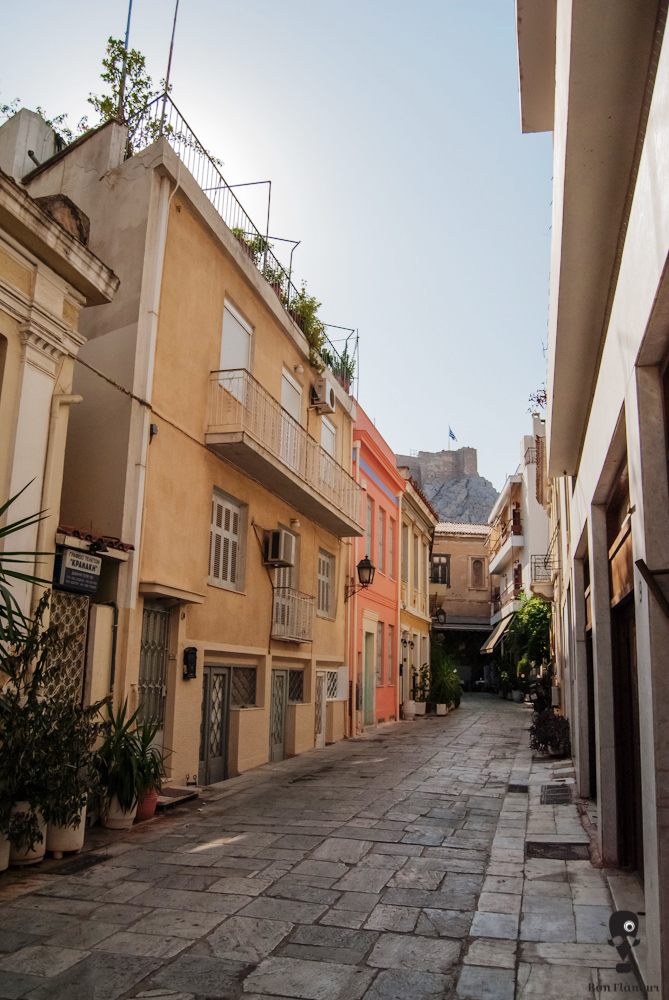Plaka
Plaka is the old town of Athens with its neoclassical and island architecture.
Location
Timeline
Modern and Contemporary era (1821 - )
In the decades 1960-1980 Plaka declined due to excessive inflow of tourists and degradation. Based on project, noisy nightclubs and billboards were removed and pedestrian roads were created. Today, it is re-inhabited and the property prices are too high.













Share